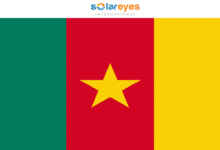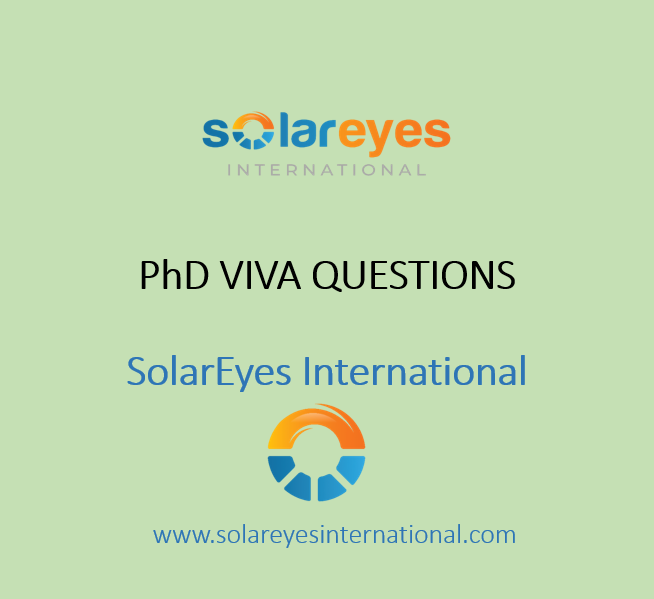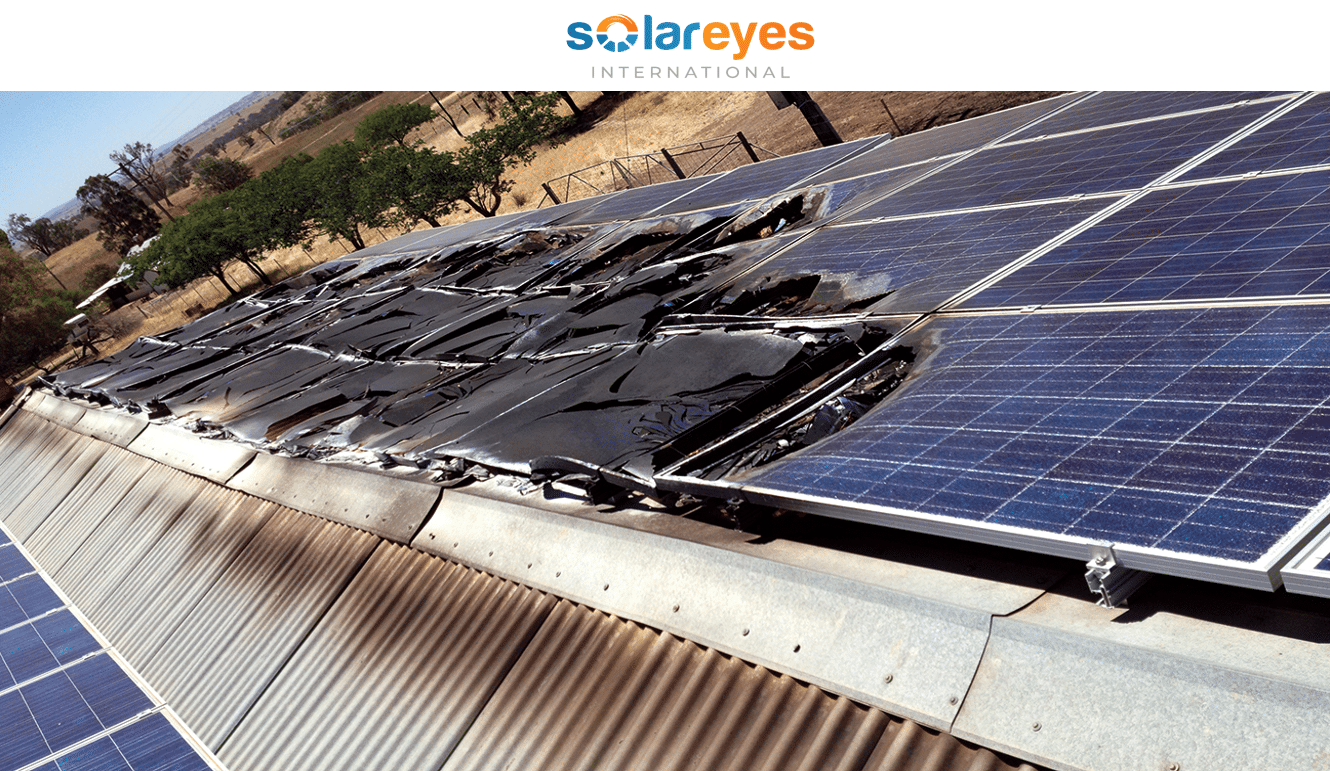HOW TO SIZE A SOLAR INVERTER

Sizing a Solar Inverter
Are you looking for information on how to size a solar inverter? Or you have all the other components of a solar system and you would want to know which inverter size in terms of kW should you purchase for your solar system?
You might be in a situation where you are presented with a lot of choices for solar inverters and would like to explicitly know how to select a suitable inverter for your solar system. Then definitely you need to know how to size or select an inverter.
Or you might be someone interested in solar but wondering how to size a solar system? If so, then the article here will help you to size your solar system in overall.
In this article we will focus on sizing an inverter for a solar system. And as usual we will also do size other components of a solar system separately. So keep checking SolarEyes International.
As our norm we will also do a simple sizing for a solar inverter to make sure everyone will be able to do it on her or his own.
Why is SolarEyes International doing this? After we did an article on How to size a solar system we received a lot of requests for us to do a step by step on how to size each component of a solar system instead of an overall approach.
And here we are with this response to the request – starting with how to size a solar inverter. And we will do separately as well for sizing a battery, sizing solar panels, and other components of a solar system including protection and installation itself.
HOW TO IDENTIFY FAKE SOLAR PRODUCTS – 6 things to check
So if you are one of those SolarEyes International followers who requested for this, kudos and power to you! Here is your stuff.
Step by Step on Sizing a Solar Inverter
If you are new to solar systems you might get yourself up to speed by going through ABBREVIATIONS IN THE SOLAR ENERGY SECTOR and SOLAR SYSTEM COMPONENTS AND THEIR FUNCTIONS.
After this you will surely understand without difficulties how we can size a solar inverter by following the steps below.
System voltage
System voltage is of primordial importance when you want to size a solar inverter. Keep in mind that your inverter’s input voltage requirements should match the system voltage you want you want to use for the solar system. You can check this article to understand more on system voltage.
You can also start from a solar inverter and force your system voltage to that of the inverter – this works better for inverters with 24V or 48V input voltages.
A solar inverter takes in DC voltage and outputs AC voltage – hence the name inverter.
MYTHS AND FACTS ON SOLAR ENERGY
Inverter ratings based on continuous power and surge power
Inverters are rated in both continuous power and surge power (peak power). Continuous power is the power that an inverter can support continuously while surge power is the power that an inverter can support for a short period usually a few seconds when starting. Surge power is meant for inrush currents during equipment start up.
Inductive loads (appliances with coils) needs larger surge power than truly resistive loads. A 5000 W inverter can have a surge power of about 6500 W – 7000 W. It is important to consider inverters with higher surge power when selecting an inverter.
Influence of loads on inverter size
An inverter is sized from the loads or appliances to be connected to the solar system. Examples of loads or appliances include lights, television, fridge and WIFI router.
Just keep in mind that there are many methods of sizing a solar system and as well many ways of sizing a solar inverter.
SolarEyes International, 2023
To put it in simpler terms, the total power rating of all the loads to be connected to the solar system should not exceed the size of the solar inverter in Watts.
If the solar inverter is integrated with a charge controller then the charge controller specifications need to be considered in choosing the inverter.
HOW TO START A SOLAR COMPANY – do these 6 things and make money through solar
Basically the current ratings of the charge controller should be able to sustain the current ratings of the solar panels depending on the desired arrangement of the solar panels (series or parallel).
HOW TO SIZE A SOLAR SYSTEM – 5 clear steps anyone can follow
For simplicity’s sake, we are going to consider separate inverter and charge controller for our solar inverter sizing exercise.
To get a clear picture of the total power of of all the loads we use a simple Table to do this.
Table 1. Loads to be connected to the solar system and their power ratings
| APPLIANCE | QUANTITY | UNIT POWER (W) | TOTAL POWER (W) |
| LED Lights | 20 | 10 | 200 |
| Phone | 4 | 5 | 20 |
| Television | 1 | 60 | 60 |
| Fridge | 2 | 180 | 360 |
| WIFI Router | 1 | 35 | 35 |
| TOTAL = 675 W |
The total continuous power for all our loads is 675 W. We have to see that a fridge is an inductive load and hence needs surge power on starting.
In order to find the peak/surge power of an inductive load you have to multiply the equipment/appliance’s continuous power by three.
Therefore the surge power for the two fridges above = 360×3 = 1080 W.
All the other loads are purely restive therefore the total surge power needed is 1080+315 = 1395 W.
This means that for our solar system we need a solar inverter with continuous power of at least 675 W and surge power of at least 1395 W. This is how to size a solar inverter.
Power factor
Power factor is important when we want to size a solar inverter. You might realize that many solar inverters are rated in apparent power (VA) instead of true power (W), also known as real power.
The power factor (PF) of an inverter is the one that we can use to convert from VA to W or vice versa. In simple terms power factor expresses the efficiency of an electrical power system.
Continuous power or real power is calculated from VA through the formula below.
True power (W) = Apparent power (VA) * PF
If the power factor is 1 then VA will be equal to W and the inverter will be very efficient. The true power is the one that we use for continuous power.
Conclusion
By following the procedure above you will be able to size a solar inverter. Always check for surge power when choosing a solar inverter and make sure all your loads can be accommodated by the inverter you want to use for your solar system to avoid overloading your solar system.
When you keep on working and sizing solar system, sizing an inverter will become one of the easiest things to do and will become more like selecting an inverter rather than a sizing exercise as you can simply do it from your head.
Keep following as we will explore other areas surrounding how to size a solar inverter such as how to connect an inverter and exploring different types of inverters.
For an overall sizing of a solar system check HOW TO SIZE A SOLAR SYSTEM – 5 clear steps anyone can follow.
FOLLOW US
Follow us on LINKEDIN, FACEBOOK, TELEGRAM GROUP and WHATSAPP.
*** ALSO CHECK: 12 CHALLENGES FACED BY SOLAR COMPANIES IN DEVELOPING COUNTRIES
HOW TO SIZE A SOLAR SYSTEM – 5 clear steps anyone can follow
HOW TO START A SOLAR COMPANY – do these 6 things and make money through solar






